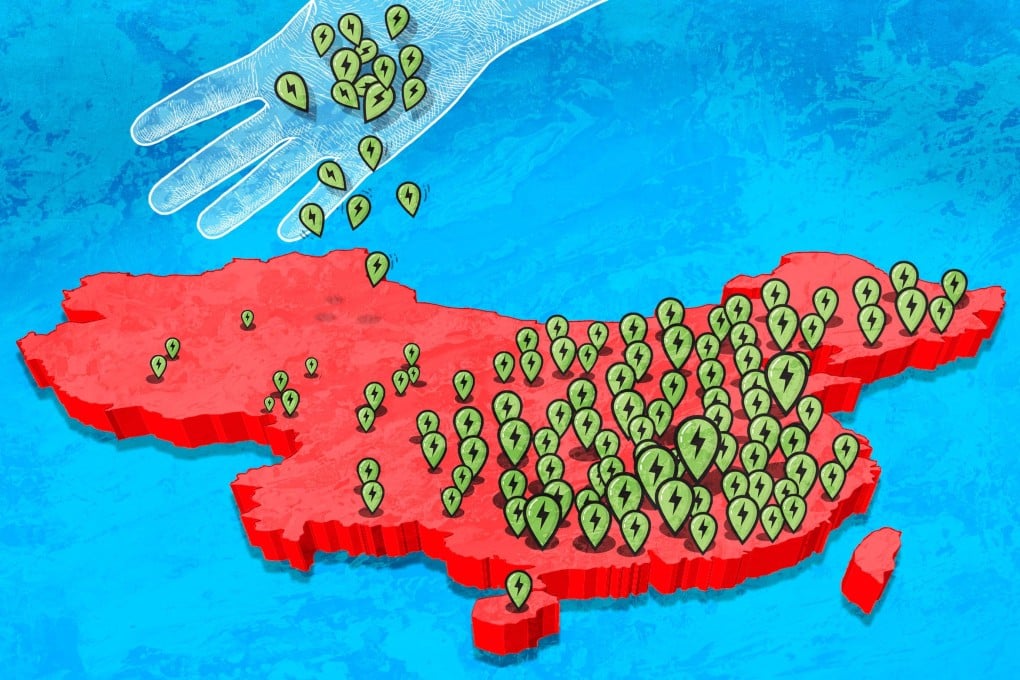China’s EV charging problem: can providers deliver power where cars need it across the vast nation, and turn a profit?
- Charging points are proliferating quickly but are unevenly distributed: too many in large cities and too few in less populated areas
- Meanwhile, despite record EV sales, the largest operators of charging networks struggle with utilisation so low that profit seems nearly impossible

A tale of two drivers.
As China leads the EV revolution with a 60 per cent share of global electric-car sales, the country’s deployment of charging infrastructure is also rushing forward at breakneck pace. However, the experiences of Jiang and Hou point to the next big challenges for both policymakers and commercial charging-point operators. Uneven distribution of charging facilities across the vast nation, as well as uncertainty over the viability of charging as a business, cast doubt on whether China’s charging infrastructure can provide enough juice to continue powering the electric revolution.

As of the end of September, China had on its roads 18.2 million new energy vehicles (NEVs), a category that includes battery-powered EVs (BEVs), plug-in hybrids and hydrogen fuel cell vehicles, according to the Ministry of Public Security.
And China is quickly rolling out charging infrastructure at an impressive scale, said Abhishek Murali, senior analyst at energy research consultancy Rystad Energy. The number of charging points reached 7.6 million at the end of September, a 70 per cent year-on-year increase, according to the China Electric Vehicle Charging Infrastructure Promotion Alliance (EVCIPA).
